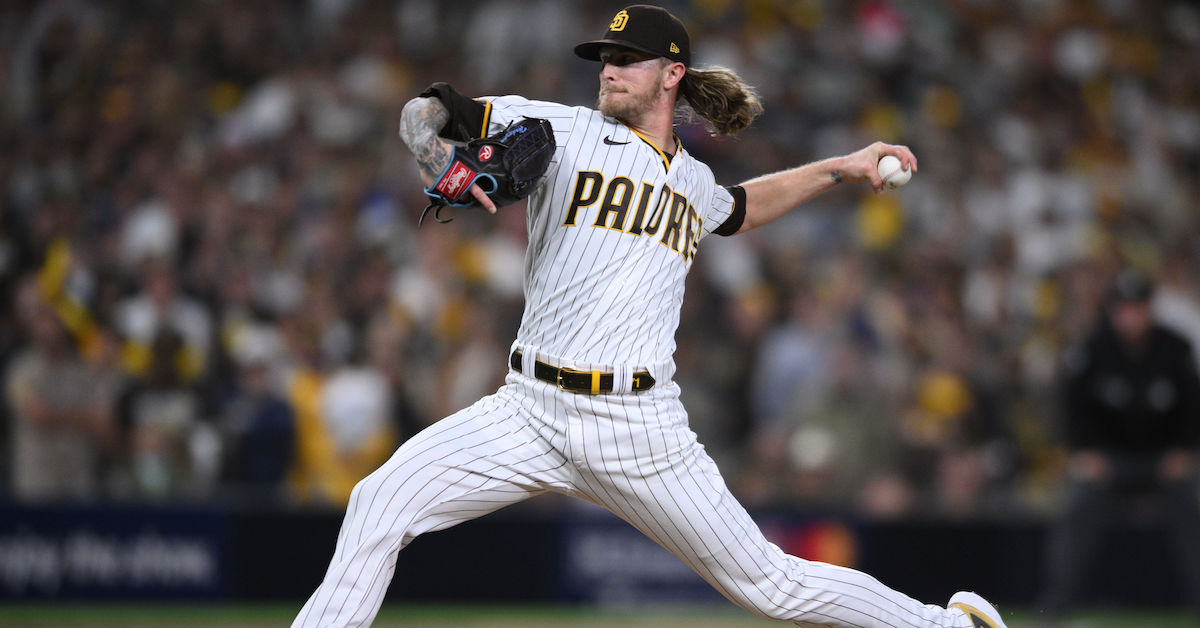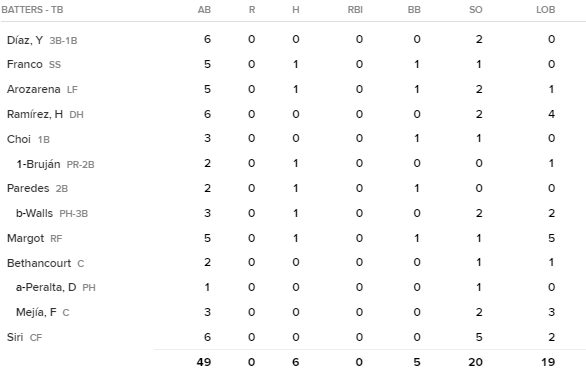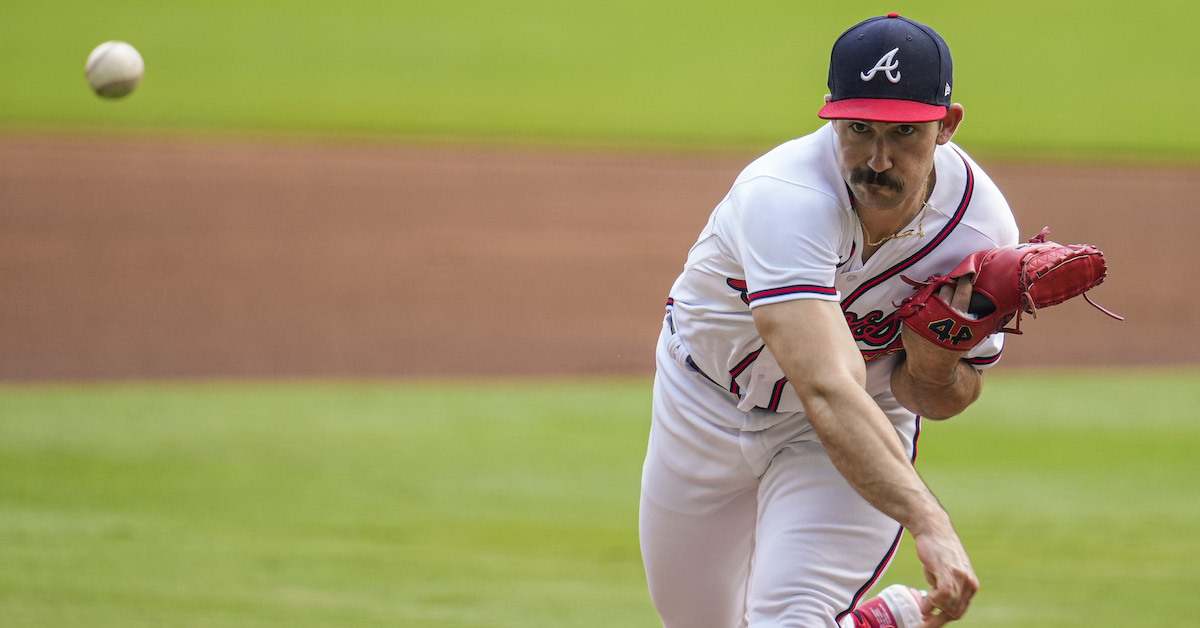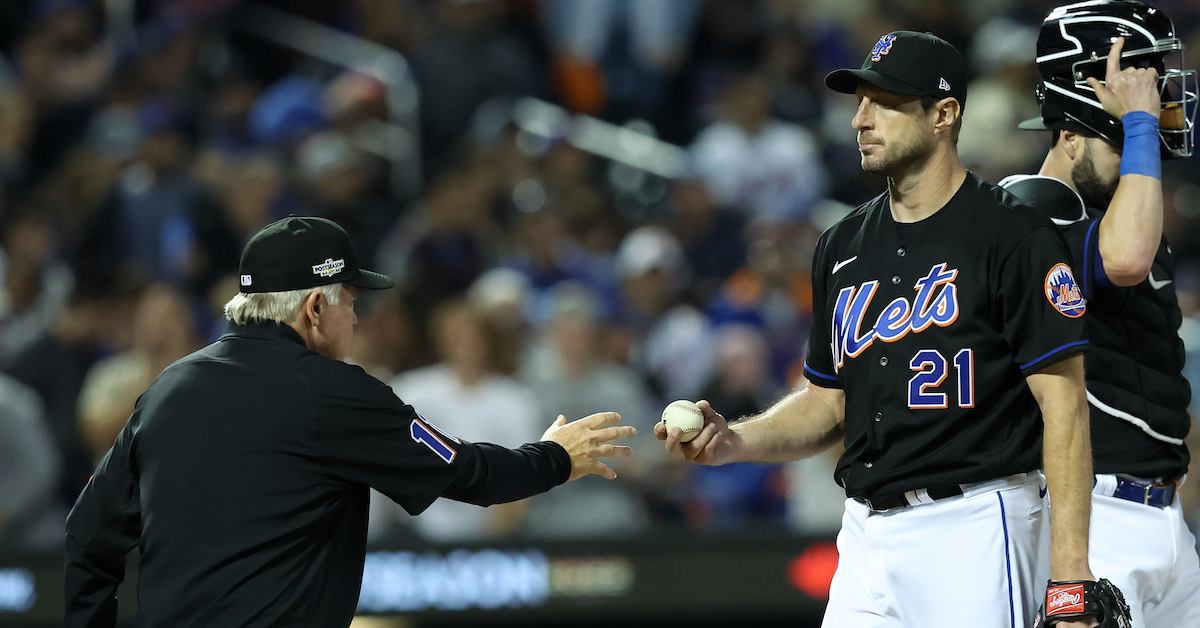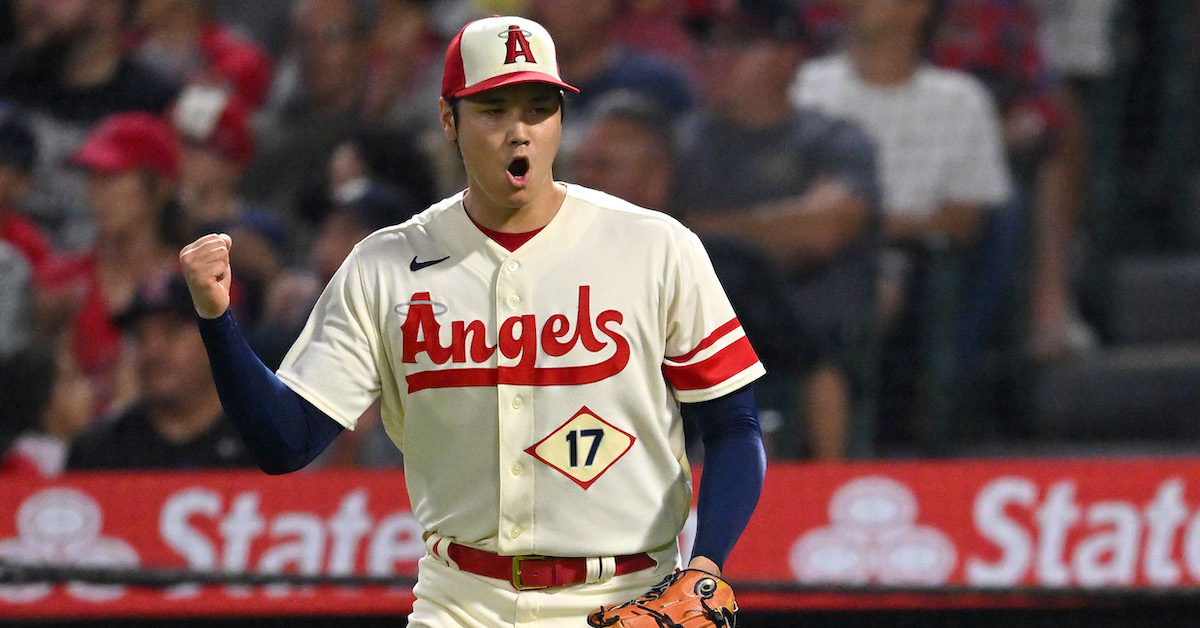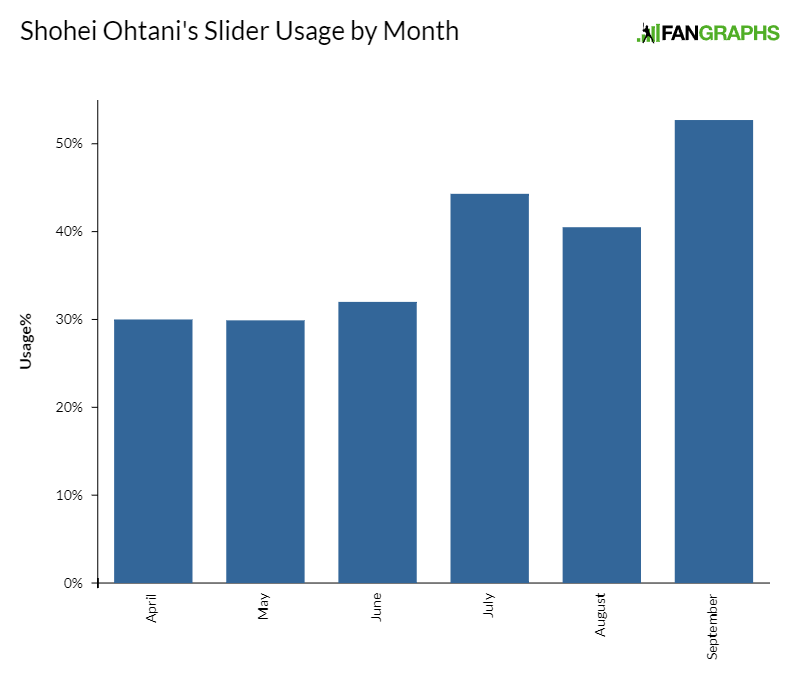San Diego Wobbles But Doesn’t Fall Down in NLCS Game 2 Clash

Stop for a minute. Take a breath. You’re great. Everything will be fine. If I were Blake Snell, that’s what I’d have been telling myself six batters into the second inning Wednesday. Snell came out firing, garnering empty swings and weak contact left and right. The first three batters of the inning produced two flares and a line drive single. After a steadying strikeout, though, this happened:
You can’t control the sun, but that one stings. That ball is as close to a sure out as you can get, and instead it fueled the Philadelphia rally. The next batter, Edmundo Sosa, flipped another flare to left to make it 3-0. Snell was pitching extremely well, and staring down three runs and two more runners on base. The game threatened to get out of hand quickly. Read the rest of this entry »


